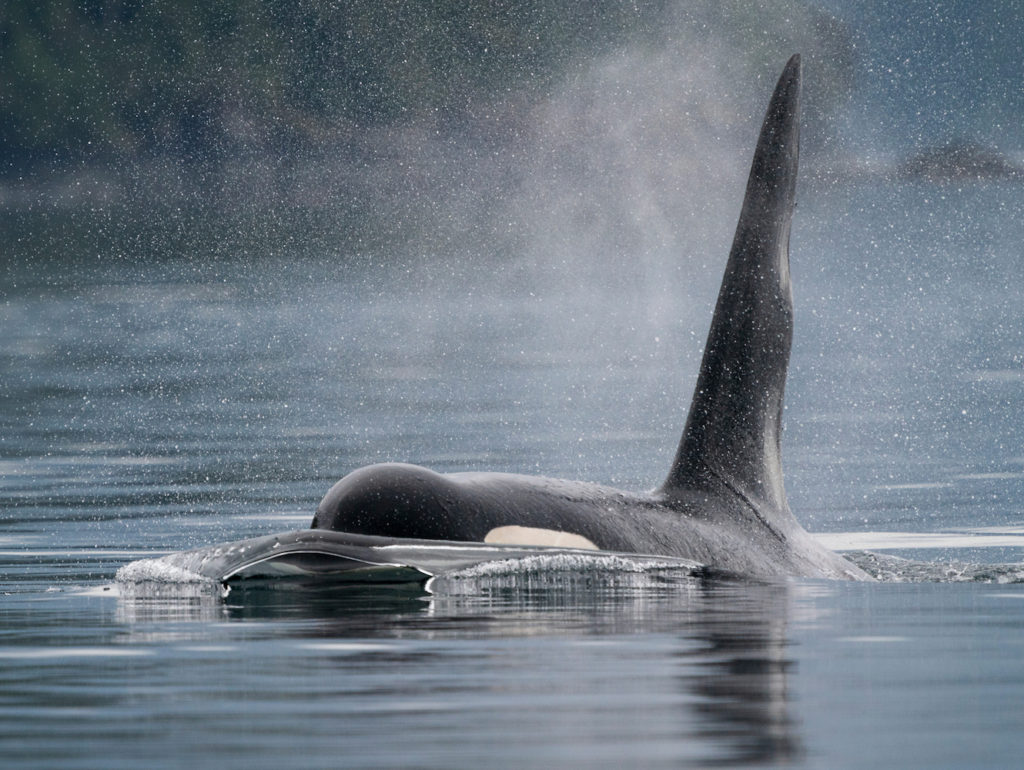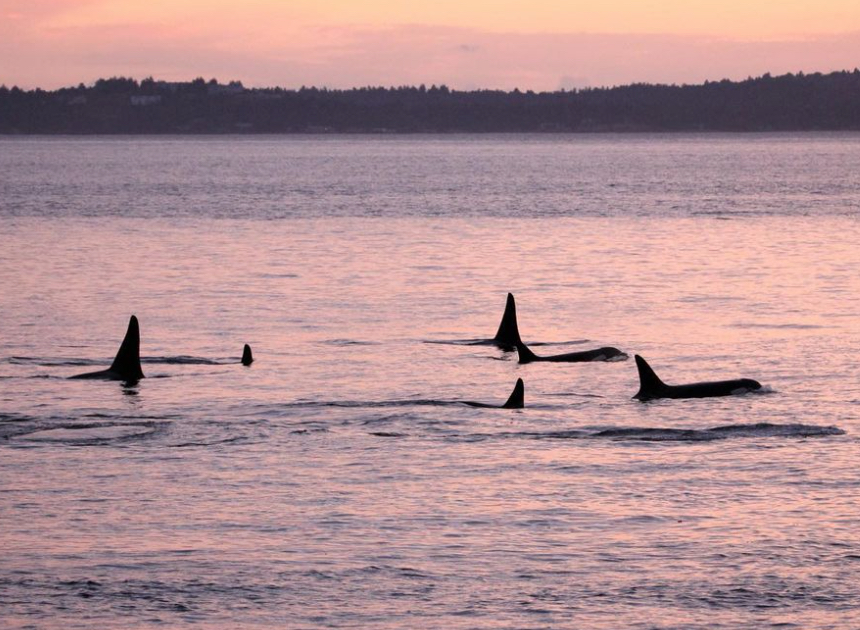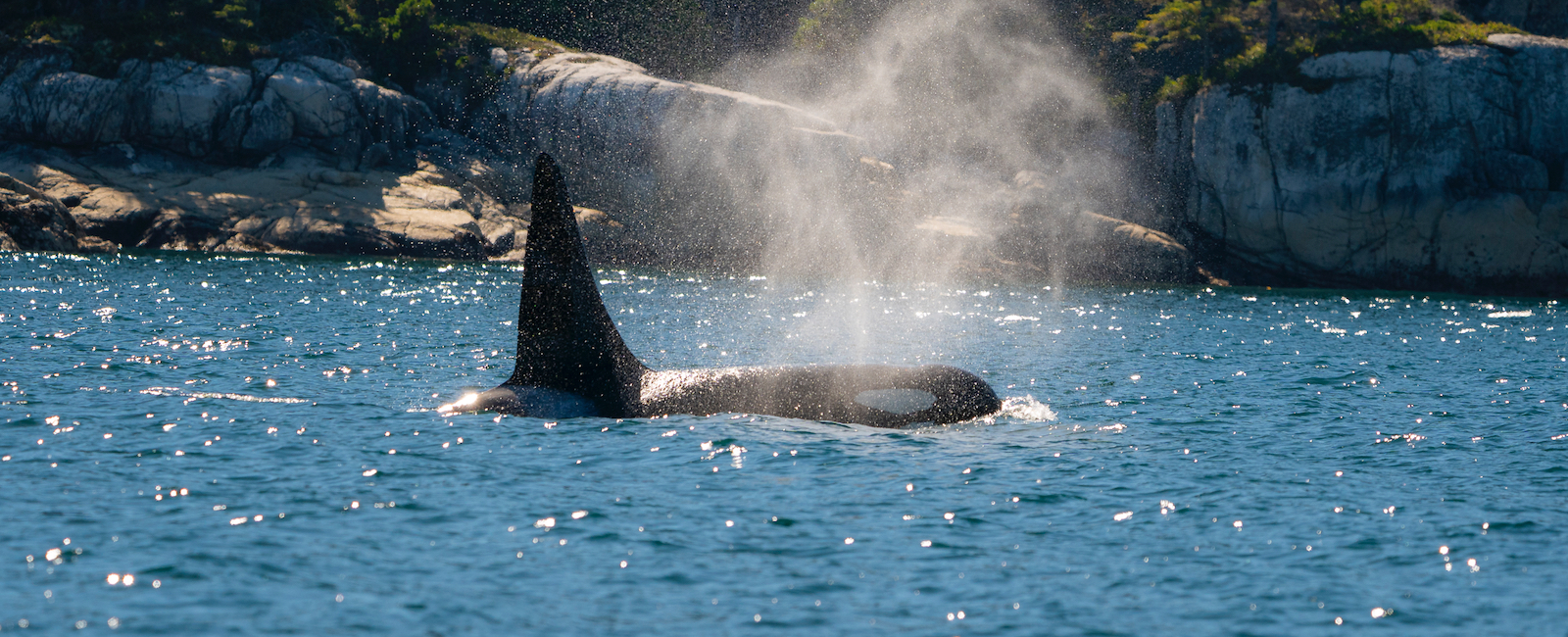Oceans Initiative is providing guidance on the creation of Marine Protected Areas and building tools to inform the implementation of enhanced protection measures. We are pioneering efforts globally to identify and protect biodiversity hotspots and acoustic sanctuaries while protecting 30% of the ocean by 2030.
Our Work

Assessment of SRKW critical habitat usage throughout their range
Our team is working to model and map how SRKWs use their Salish Sea habitat for feeding, resting, socializing, and traveling, and how these have changed over time. Then, we will build a predictive tool that links SRKW behavior to salmon. The Pacific Fishery Management Council makes pre-season forecasts of Chinook salmon returns every year. A new rule would reduce catch quotas when salmon abundance falls below some threshold, and would close fishing in key SRKW foraging areas. Our science will inform where those closure areas would do the SRKWs the most good (i.e., where they are likely to be feeding in poor salmon years). And, it will identify the thresholds in salmon abundance at which SRKW foraging behavior and movement rates are truly affected.

Identifying SRKW foraging hotspots
Oceans Initiative scientists led the first effort in 2010 to map SRKW behavior with the specific aim to identify foraging hotspots to guide Marine Protected Area design. This study spelled out a systematic conservation planning approach to identifying protected areas that would do the most good to SRKWs while minimizing costs, impacts, and inconvenience on other ocean user communities. In 2020, with support from San Juan County, we signed data sharing agreements with six researchers who hold fine-scale, spatially explicit behavioral data on SRKWs from 2003 to 2021. We used this combined dataset to conduct a sophisticated spatial model of foraging habitat use to identify protection zones for orcas and salmon. Now, we’re working to understand how variability in Chinook salmon abundance changes where the whales feed. By turning from retrospective analyses to predictive tools, we can propose habitat protection in a changing climate.
Selected Publications
Williams, R., Erbe, C., Ashe, E., Clark, C.W., 2015a. Quiet(er) marine protected areas. Marine Pollution Bulletin 100, 154-161.
Erin Ashe, Dawn Noren & Rob Williams. 2010. Animal behaviour and marine protected areas: incorporating behavioural data into the selection of marine protected areas for an endangered killer whale population. Animal Conservation 13:196-203.

